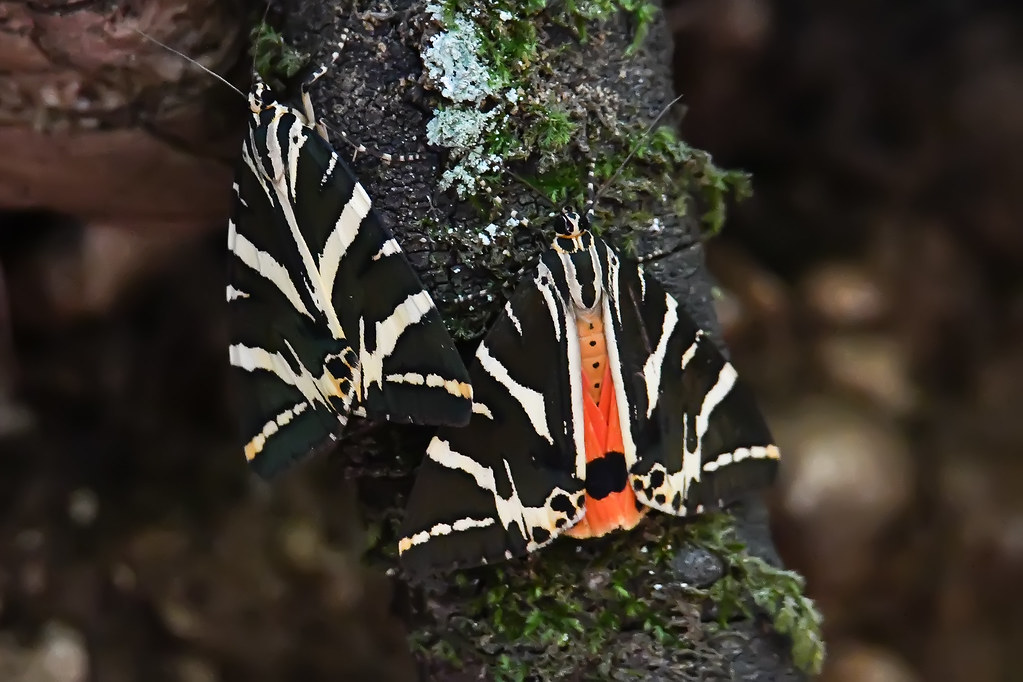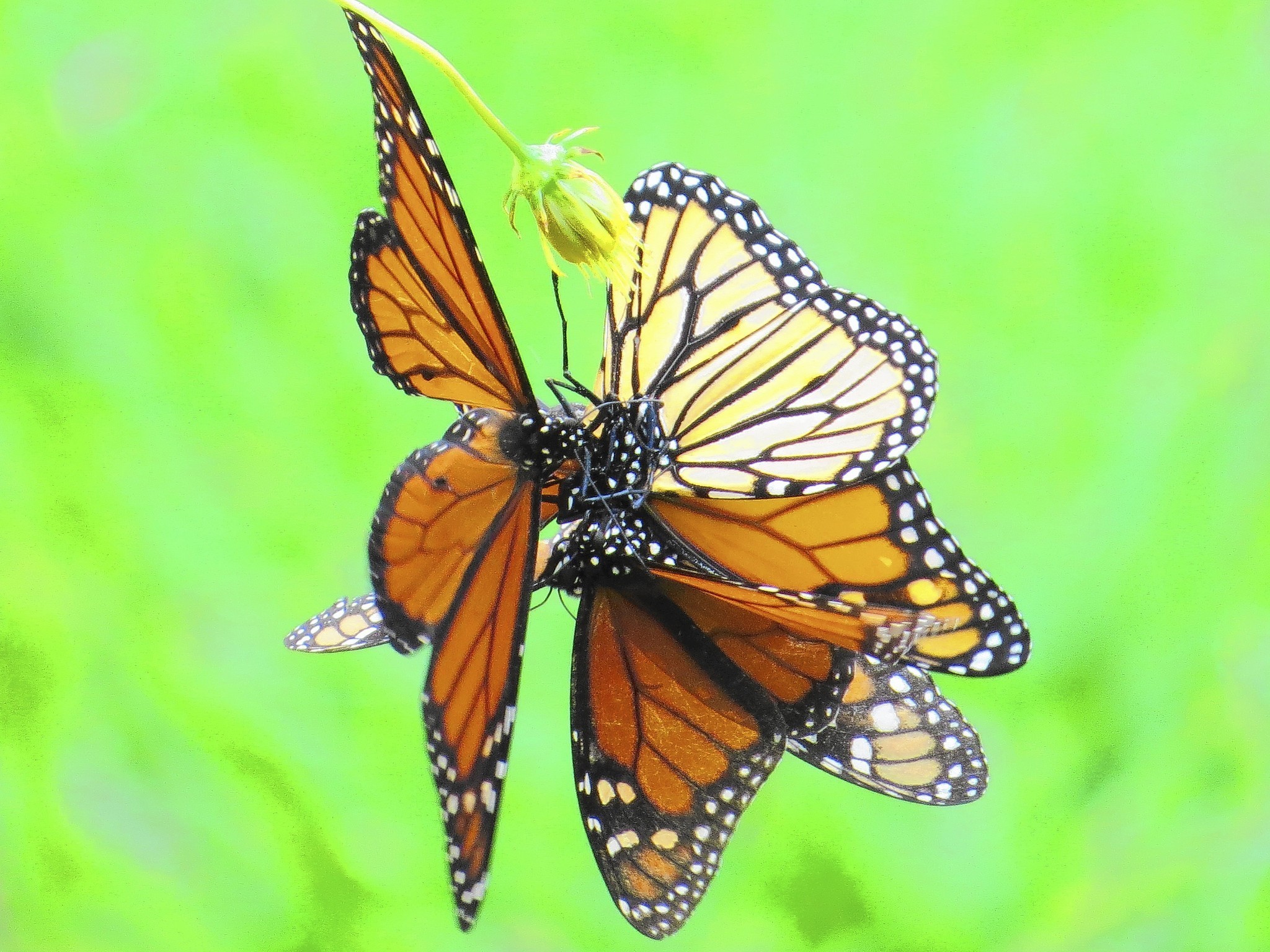
Rhodes is Definetely the No.1 Trend for 2022 Holidays
February 21, 2022
Learn more about the local butterflies!
May 30, 2022Panaxia Quadripunctaria is a nocturnal moth that displays akin life cycles and reproductive ways to butterflies and skippers as well. The developmental process spreads through 4 stages before having a “complete metamorphosis”. The whole process can last a month or a whole year! They, then lay their eggs and leave their offspring behind.
The Butterfly’s Life Cycle
Butterflies start as tiny and oval or round eggs laid on leaves. They are hard to spot due to their size, but once you find them, the caterpillar from the inside might be visible! The eggs vary in shape, size and even color and ultimately, these characteristics depend on the kind of butterfly that laid them.
Their second stage is called “The Larva” which means “caterpillar”. After the egg has hatched, larvae or caterpillars emerge. These mostly feed during this time and, thus they proceed to eating the leaf they were born onto. Their mother butterfly should know where to lay the eggs, because caterpillars enjoy certain leaves and due to their small frame, they cannot travel to a different one. Their growth, once they start eating, is instant and this happens by “molting” which means they shed their outgrown skin many times throughout this period.
Afterwards, comes the pupa stage or chrysalis. Once the caterpillar reaches its maximum length and weight they turn into chrysalis (cocoon). A common misconception is that during this time, the caterpillar is resting, but in truth, she is undergoing rapid changes!
At last, once the metamorphosis takes place, an adult butterfly emerges from the cocoon. Their wings are soft at first and folded against their bodies, because they the pupa is small, and they must fit all their new parts inside it. They rest, pump blood into their wings and within 4 hours tops, they can fly expertly and later go in search of their mate.

Butterfly’s Courtship and Mating
Entomologists have yet to figure out what triggers the reproductive habits of the butterflies. There seems to be a correlation, though, with certain environmental prompts like seasons, temperatures, and day length. When that time arrives, the male starts looking for females and attracts them through visual displays or by emitting pheromones.
The males take up a perch like position and wait for the females to fly by or they trace female pheromones up to a mile in order to find prospective mates. The females, usually, select their male partners, while some males locate female caterpillars and once, they emerge from the pupa, they copulate with them, since they cannot get away.
Butterflies mate on the ground. They turn face away from each other and then the tips of their abdomens join. The male butterfly conveys the spermatophore (packet of sperm) to the female’s body. Later on, the waiting ova is fertilized, and the adult mother lays her eggs onto leaves, so another life cycle is perpetuated. Some can mate while flying which is proved to be lifesaving for them if predators attack them, especially because during the mating process they are vulnerable.
There is one parthenogenetic species, the mulberry silkworm (Bombyx mori), that does not engage in sexual reproduction, rather they can make offspring that share the same DNA as their parent.

This astonishing life cycle could be used to teach others about the ceaseless changes this stunning insect goes through. It is a great learning experience both for children and adults. In the Valley of Butterflies, you will get to observe the life of them closely, so do not miss the chance to do so!



